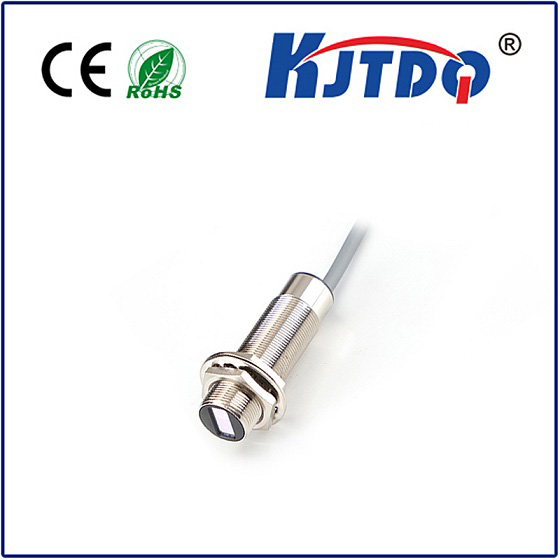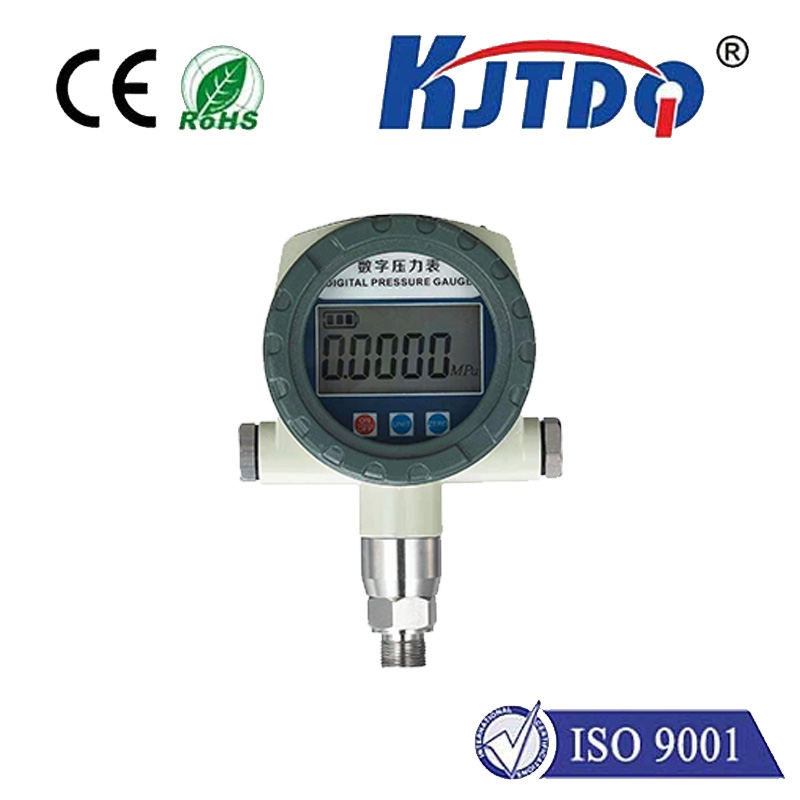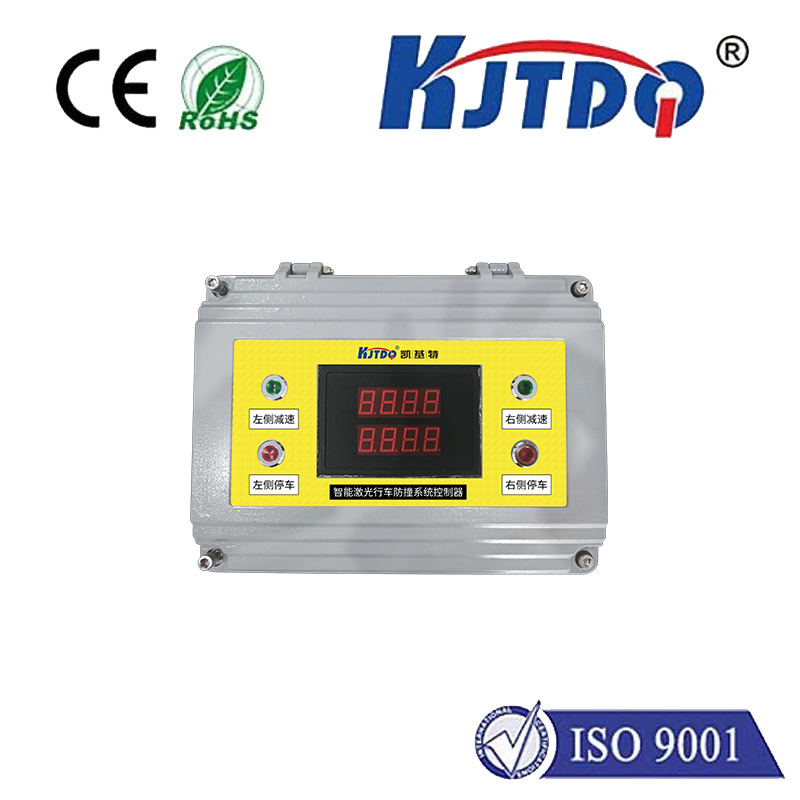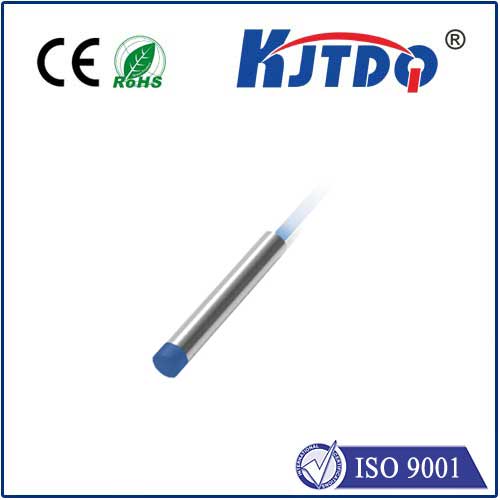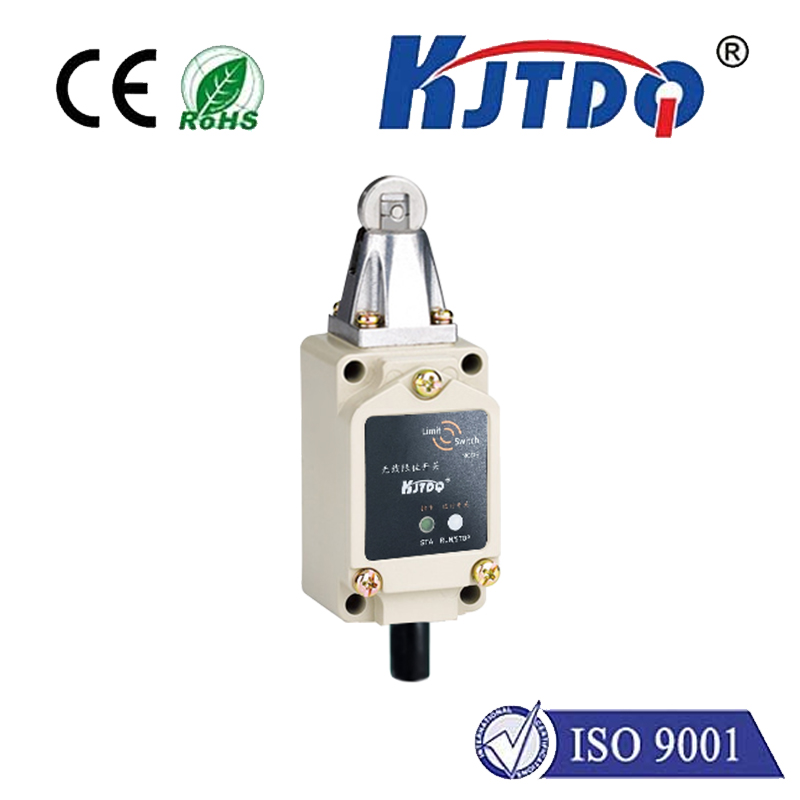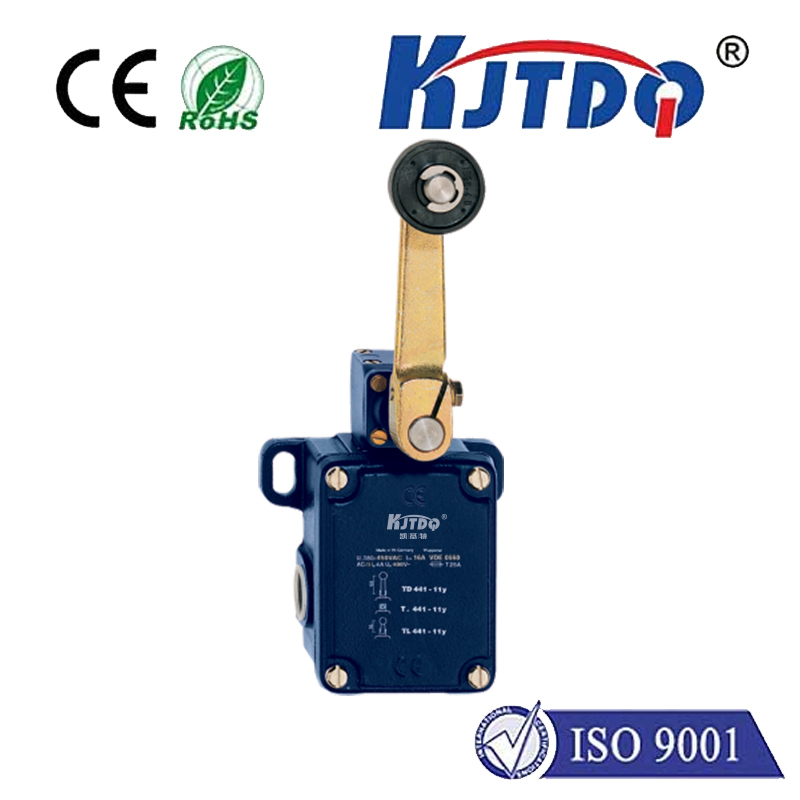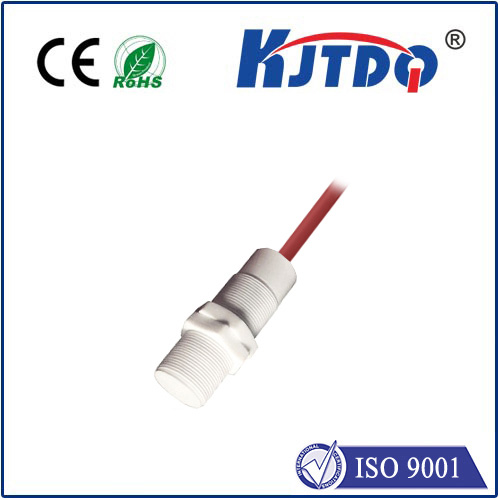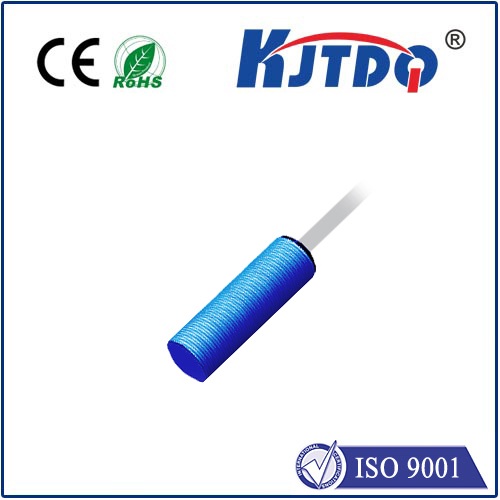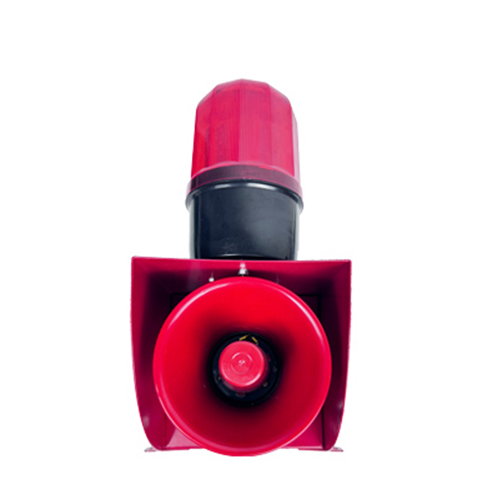proximity sensor input voltage
- time:2025-07-17 08:13:05
- Click:0
Proximity Sensor Input Voltage: The Unsung Hero of Reliable Detection
Ever wondered why your proximity sensor sometimes acts erratically, misses detections, or just plain stops working, even though it looks perfectly fine? Often, the culprit isn’t the sensor itself, but the lifeblood flowing into it: the input voltage. Far from being a mere technical footnote, the proximity sensor input voltage is a fundamental parameter that dictates performance, reliability, and longevity. Understanding its nuances is critical for engineers, technicians, and anyone integrating these ubiquitous sensors into automation, safety systems, or consumer devices.
Why Input Voltage Matters: More Than Just Power
At its core, a proximity sensor requires electrical power to operate its internal oscillator, amplifier, and output switching circuitry. This power is delivered via the input voltage. However, its role extends far beyond simply turning the sensor on:
- Sensing Performance: The operating voltage range directly influences the sensor’s sensing distance. Deviating significantly below the specified minimum voltage can drastically reduce the effective detection range. Exceeding the maximum voltage risks permanent damage or unstable operation.
- Signal Integrity & Stability: Stable voltage within the specified input voltage range ensures the sensor’s internal electronics function optimally. Voltage fluctuations or noise can cause inconsistent switching, false triggers, or failure to detect valid targets (chatter).
- Output Switching Capability: Proximity sensors control external loads (like relays, PLC inputs, or indicator lights) via their output terminals. The input voltage powers the output driver circuitry. If the supply voltage sags under load, the sensor might not be able to reliably switch its output, leading to circuit malfunctions.
- Longevity and Reliability: Consistently operating a sensor outside its specified voltage range subjects its components to undue stress. Undervoltage can cause internal circuits to draw excessive current or operate erratically, while overvoltage can lead to component breakdown and premature failure.
Deciphering Specifications: Key Voltage Parameters
Sensor datasheets contain critical input voltage specifications. Understanding these is non-negotiable for correct selection and operation:
- Nominal Operating Voltage (V): This is the typical, recommended voltage the sensor is designed for and where its specified performance parameters (like sensing distance) are measured (e.g., 12V DC, 24V DC, 120V AC).
- Operating Voltage Range (V): The absolute minimum and maximum input voltage limits within which the sensor is guaranteed to function, though performance might degrade near the extremes (e.g., 10-30V DC, 20-250V AC). Operating within this band is crucial for reliable detection.
- Ripple Voltage (Vpp or %): Specifies the maximum permissible AC voltage fluctuation (ripple) superimposed on the DC supply voltage. Excess ripple can interfere with internal electronics, causing instability.
- Voltage Drop: Relevant for 2-wire AC/DC sensors wired in series with the load. It’s the voltage loss across the sensor itself when conducting current. A significant voltage drop can leave insufficient voltage for the connected load (e.g., a PLC input) to register the “ON” state reliably.
- Protection Circuits: Look for features like Reverse Polarity Protection (prevents damage if DC wires are connected backward), Overvoltage Protection (OVP), Surge Protection, and Short-Circuit Protection. These enhance robustness against common power anomalies.
AC vs. DC Input: Different Worlds of Voltage
Proximity sensors are designed for either Alternating Current (AC) or Direct Current (DC) input voltage:
- AC Proximity Sensors:
- Input Voltage: Typically line voltages like 120V AC or 240V AC, or lower industrial variants like 24V AC.
- Pros: Often simpler to wire directly into AC power circuits; can handle higher inrush currents from some loads.
- Cons: Generally have a lower switching frequency than DC sensors; more susceptible to voltage zero-crossing noise which can affect timing; can cause audible hum.
- Voltage Consideration: Pay close attention to the operating frequency (e.g., 50/60Hz tolerance) and potential ripple from rectified sources.
- DC Proximity Sensors:
- Input Voltage: Common values are 10-30V DC or 20-250V DC, with 12V DC and 24V DC being extremely prevalent in automation.
- Pros: Higher switching frequencies; faster response times; no audible noise; better immunity to certain types of electrical noise; available in NPN or PNP output configurations for flexible PLC/microcontroller interfacing.
- Cons: Require a DC power source (often derived from an AC-DC power supply); polarity sensitivity (unless protected).
- Voltage Consideration: Stable DC voltage is paramount. Use regulated power supplies to minimize ripple and sags. Pay close attention to the supply voltage range and ensure compatibility with control systems (e.g., 24V PLCs using 24V sensors).
The Impact of Real-World Voltage Conditions
The ideal input voltage on a datasheet rarely matches the messy reality of industrial or automotive environments. Common issues impacting sensor voltage include:
- Voltage Sags/Dips: Turning on large motors or solenoids on the same circuit can cause temporary drops in supply voltage, potentially driving sensors below their minimum operating voltage momentarily, causing dropouts.
- Electrical Noise: Switching transients from contactors, variable frequency drives (VFDs), or welding equipment induce high-frequency noise onto power lines. This noise can disrupt sensor circuitry, even if the average voltage seems correct. Proper filtering and shielding are essential.
- Long Wire Runs: Resistance in long power cables connecting the sensor to the supply causes voltage drop. The effective input voltage at the sensor can be significantly lower than at the source, potentially falling below the required minimum. Use thicker gauge wires for long distances.
- Inadequate Power Supplies: Under-sized or unregulated power supplies may sag under load or supply excessive ripple. Ensure the power supply can deliver the required current at the stable voltage needed by all connected sensors.
- Ground Loops: Differences in ground potential between the sensor and the load/controller can introduce unexpected voltage offsets or noise on the supply lines.
Troubleshooting Voltage-Related Sensor Issues
When a proximity sensor malfunctions, the input voltage is one of the first things to check:
- Measure at the Sensor Terminals: Don’t assume the voltage at the power supply is correct at the sensor! Use a multimeter to measure input voltage directly across the sensor’s power input terminals while powered and, if possible, while trying to detect a target.
- Check for Stability: Look for fluctuations, sags (especially when the output switches or other equipment operates), or excessive ripple. A digital multimeter showing a stable reading might not reveal high-frequency noise; an oscilloscope is ideal here.
- Verify Within Range: Ensure the measured voltage falls comfortably within the sensor’s specified operating voltage range. Remember nominal vs. range!
- Assess Voltage Drop (2-Wire AC/DC): For 2-wire sensors, measure the voltage drop across the sensor when it’s switched ON. This voltage loss must be less than the minimum required by the load it’s controlling.
- Check Wiring & Connections: Loose connections, corroded terminals, or damaged cables are prime suspects for voltage drop, unstable voltage, or noise ingress.
**Mastering proximity sensor input voltage isn’t about memorizing specs






